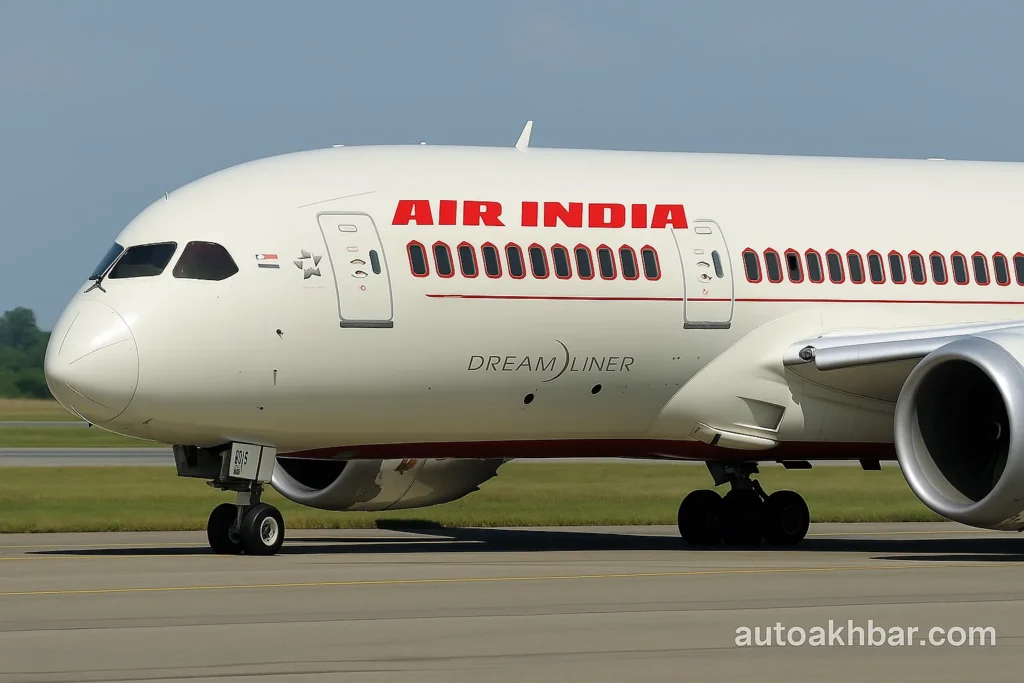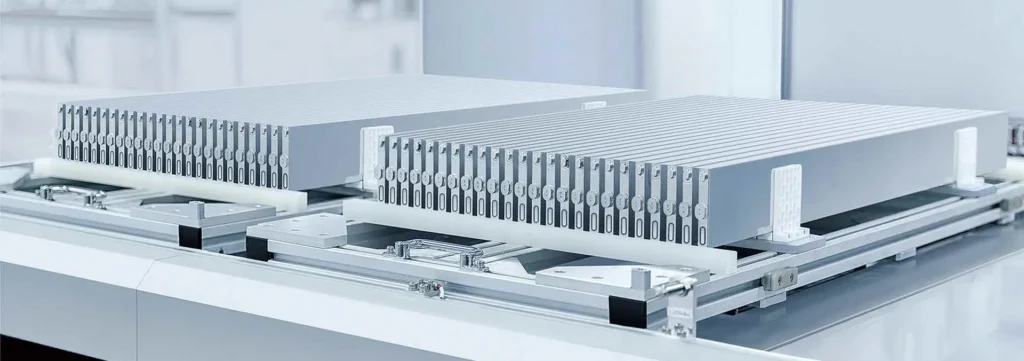The aviation industry has witnessed remarkable technological advancements in recent years. The Boeing 787 Dreamliner is considered one of the most advanced and fuel-efficient passenger aircraft ever built. Yet, the recent tragic crash of an Air India Boeing 787 in Ahmedabad in 2025 has once again raised critical questions: How can such an advanced aircraft still meet such a fate?

Table of Contents
Flight & Aircraft Details
- Aircraft: Boeing 787‑8, delivered Jan 2014, ~8,000 cycles indiatimes.com+6cbsnews.com+6ndtv.com+6.
- Occupants: 242 people on board (230 passengers + 12 crew), including 169 Indians, 53 Brits, and others apnews.com+9businessinsider.com+9people.com+9.
- Crash Site: Struck a hostel building at B.J. Medical College in Meghani Nagar, Ahmedabad cbsnews.com+10en.wikipedia.org+10en.wikipedia.org+10.
✈️ What Happened During the Ahmedabad Flight?
The Air India Boeing 787 Dreamliner, equipped with state-of-the-art safety and navigation systems, took off smoothly from Delhi, heading towards Ahmedabad. According to early reports, the flight progressed normally until the final approach.
As the aircraft began its landing, the crew noticed unusual vibrations from the right engine. Simultaneously, unexpected weather conditions—light rain and a slick runway—made the approach more challenging. Despite the pilots’ efforts to perform an emergency landing, the aircraft skidded off the runway, causing significant damage. Tragically, several passengers were injured and a few lost their lives, despite the rapid response from emergency teams.
Casualties & Survivor
- Tragically, 241 onboard & 28+ on ground lost their lives; 1 survivor (British national Vishwash Kumar Ramesh) was rescued en.wikipedia.org+7businessinsider.com+7cbsnews.com+7.
- Among the deceased was former Gujarat CM Vijay Rupani timesofindia.indiatimes.com+2en.wikipedia.org+2indiatimes.com+2.

Rescue Operations & Investigation
- Rescue teams, including NDRF, recovered one black box soon after en.wikipedia.org+13reuters.com+13indiatimes.com+13.
- Investigation focuses on potential issues with engine thrust, flaps, and landing gear youtube.com+2reuters.com+2theguardian.com+2.
- DGCA has ordered mandatory inspections across Air India’s entire 787‑8/9 fleet youtube.com+15ndtv.com+15timesofindia.indiatimes.com+15.
Global & Political Response
- India’s government is considering grounding the 787‑8 fleet during the probe cbsnews.com+2ndtv.com+2reuters.com+2.
- Prime Minister Modi, Home Minister Amit Shah, and Tata Sons’ N. Chandrasekaran visited the site, offering sympathies timesofindia.indiatimes.com.
- Boeing’s CEO Kelly Ortberg expressed condolences, pledged full support to investigators barrons.com+5wsj.com+5cbsnews.com+5.

❓ Key Question: With So Much Tech and Safety, How Did This Happen?
The Boeing 787 Dreamliner has been celebrated for its composite frame, advanced systems, and flawless fatality record since its 2011 debut cbsnews.com+9wsj.com+9economictimes.indiatimes.com+9. Yet this was the first-ever fatal 787 crash worldwide timesofindia.indiatimes.com+15wsj.com+15businessinsider.com+15. Possible causes, still under investigation, include:
- Mechanical failures: Flap or landing gear malfunction during takeoff.
- Engine issues: Loss or asymmetry in thrust output.
- Human/system errors: Cockpit, ATC communications, or procedural lapses.
- External factors: Bird strike, weather anomalies—though these are considered less likely wsj.comtimesofindia.indiatimes.com+2reuters.com+2theguardian.com+2.
📊 Impact & Aftermath
- Boeing stock fell ~7% immediately after the crash barrons.com+2wsj.com+2indiatimes.com+2.
- Aircraft with GEnx engines, including VT‑ANB, are under additional scrutiny timesofindia.indiatimes.com+5reuters.com+5en.wikipedia.org+5.
- The sole survivor’s story of escape offers insight into a miraculous outcome amid tragedy .
🔎 Expert Insights
A former NTSB investigator described this incident as “particularly puzzling,” given the Dreamliner’s impeccable safety track record wsj.com+1people.com+1.
Although Boeing has rationalized quality improvements and increased production, this accident demands renewed scrutiny wsj.com+1en.wikipedia.org+1.

📝 Final Thoughts
This crash has shocked India and the global aviation community. Despite decades of technological advances, multiple systemic failures can still result in disaster. As investigators meticulously analyze the black box and maintenance logs, one question remains paramount:
👉 Even with advanced tech and years of safety data, how did this crash happen?
Only the final report will provide answers. Until then, enhanced fleet inspections and global scrutiny continue.
🔗 Explore More:
- Boeing 787 Dreamliner: Design & History
- DGCA Air Safety Bulletins & Fleet Grounding Updates ndtv.com+1indiatimes.com+1
❓ What Do You Think?
Do you believe the crash was preventable? Should airlines overhaul their inspection and training processes? Share your thoughts in the comments section—your opinion matters for a safer sky tomorrow.
✅ Internal Link: Read more aviation and car news at AutoAkhbar.com
✅ External Link: Official Boeing 787 Safety Features


